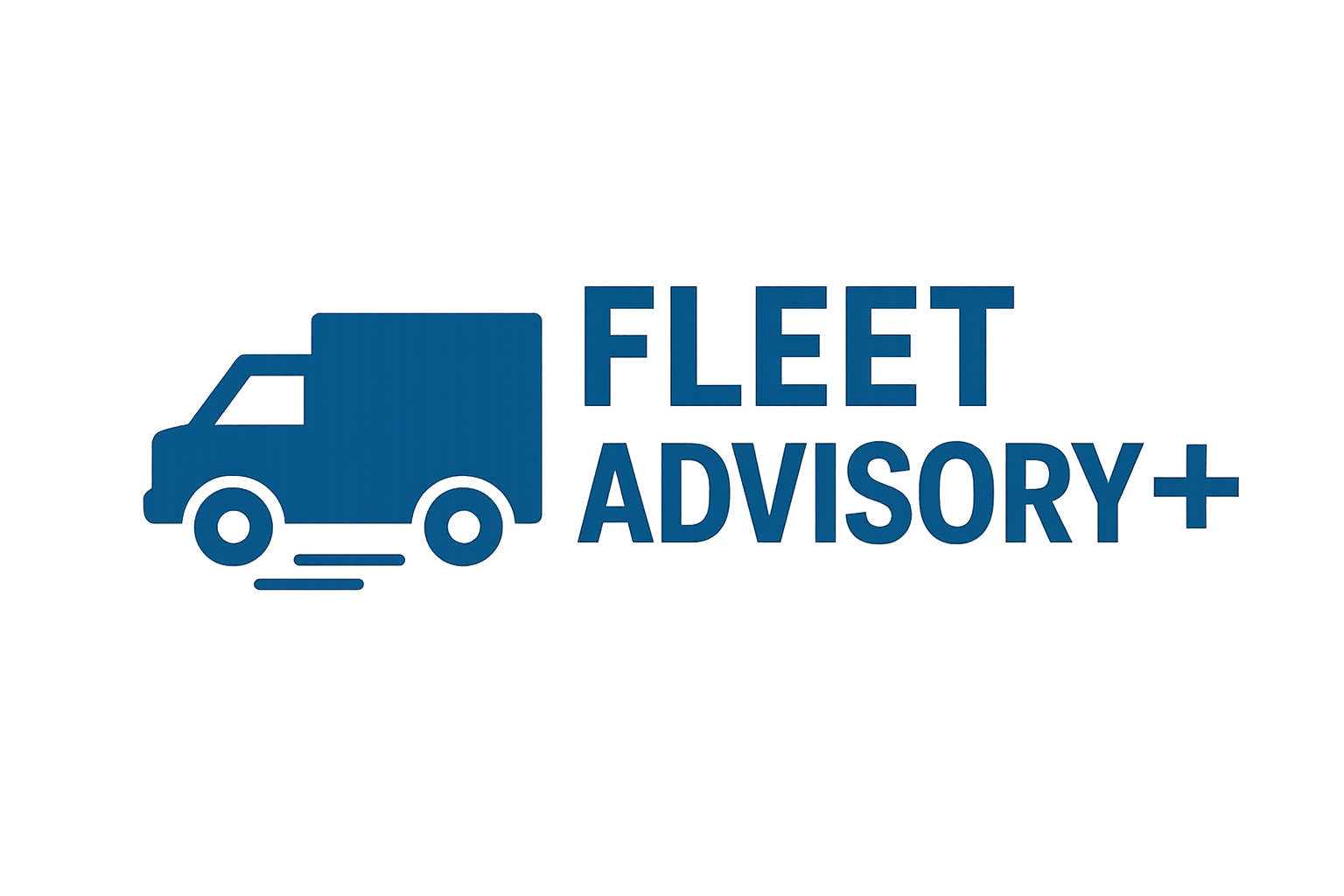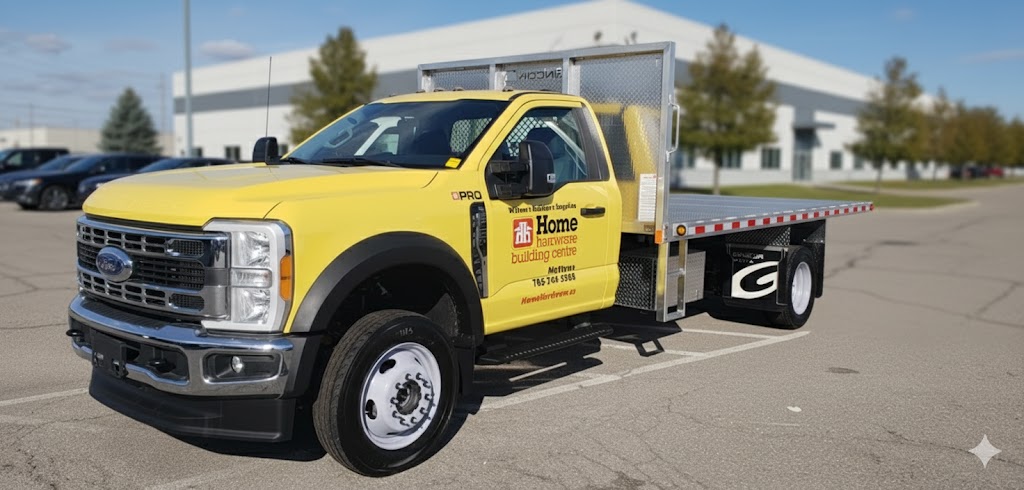Lease-to-Own Done Right: How to Finance Heavy Commercial Trucks Without Getting Burned
Let’s face it — trucks are expensive, margins are tight, and cash flow is king. Whether you’re running a Home Hardware, Castle, or Timber Mart location, you need reliable trucks on the road without tying up your working capital.
That’s where lease-to-own financing (also called terminal lease or capital lease) comes in. It gives you the flexibility of leasing, but the end result of ownership. It’s hands-down the smartest move most independent yards can make — if you structure it properly.
Let’s walk through how to make lease-to-own work for your business — and what to watch out for so you don’t get caught in a deal that looks good on paper but bleeds you dry in the long run.
1. Start With a Clear Plan — Not Just a Payment
Too many owners walk into a dealer and start the conversation with, “What’s the monthly?”
That’s how you end up overpaying.
Instead, start by asking:
-
How long do I plan to run this truck — 3 years? 7 years?
-
Will this equipment (boom, Moffett, etc.) still suit my operation in 5 years?
-
Do I want the option to walk away or to own it outright?
Lease-to-own should line up with your real operational plan.
If you know your market is steady and you’ll use that tandem flatbed for years, a lease-to-own structure lets you lock in lower monthly costs now and secure ownership later — without a giant upfront payment.
Example:
A $250,000 truck on a 7-year traditional loan might run you $3,800/month.
A lease-to-own could bring that closer to $3,000–$3,200/month, with a small buyout at the end.
That’s $600–$800 in monthly breathing room — money that can go into inventory or payroll instead of the bank’s pocket.
2. The Secret Sauce: The Buyout Structure
This is where lease-to-own deals live or die. The “buyout” (or “residual”) is the amount you pay at the end of the lease to take ownership.
Common setups:
-
$1 buyout: You own it at the end for a dollar. Treated like a purchase for accounting.
-
10% residual: You pay 10% of the original value at the end (e.g., $25,000 on a $250K truck). Lower monthly payment, slightly higher total cost.
-
Fair Market Value (FMV): You pay whatever the truck is worth at the end. Cheaper upfront, but unpredictable — avoid this unless you plan to return the truck.
For most building centers, the $1 or 10% buyout options make the most sense. You get predictable costs, tax benefits, and full ownership once you’re done paying.
Pro tip: Ask if your buyout amount can be financed too. Some lenders will roll that final payment into a short-term note — helpful when you want to keep cash in the business during your slower months.
3. Tax Advantages That Matter
Here’s where lease-to-own quietly beats traditional loans.
Because technically it’s a “lease,” you can often deduct the full payment as an operating expense, rather than depreciating the truck year over year. That means more immediate tax savings and cleaner bookkeeping.
It also means you don’t need to tie up capital cost allowance (CCA) schedules the way you do with an outright purchase. That’s a big win for independents who already juggle real estate and inventory deductions.
Check with your accountant — but for most owner-operators, the ability to expense lease payments monthly rather than carry long-term depreciation is a serious advantage.
4. Work With a Lender Who Knows the Equipment
This point can’t be overstated. You want a financing partner who actually knows the equipment you’re running — not just the numbers on the page.
If your lender doesn’t understand how a Moffett kit affects resale or how seasonal delivery cycles impact cash flow, they’ll structure the wrong deal.
A good lease-to-own partner can:
-
Adjust payment schedules around your slow and busy months
-
Include mounting, decals, and delivery in the financing
-
Offer flexible end-of-term options (buyout, trade-in, or refinance)
Example:
A yard in Northern Ontario I worked with financed a used tri-drive boom truck through a lease-to-own. Their payments were lighter through winter when deliveries slowed, and heavier through spring and summer. That flexibility kept their fleet moving without crushing their Q1 cash flow.
5. New vs. Used: Lease-to-Own Works for Both
Many owners think lease-to-own only applies to new trucks — not true.
Used equipment is absolutely financeable through lease-to-own programs, and it can be a great way to stretch your dollars.
For used units:
-
Expect a shorter term (48–60 months).
-
Buyout is often smaller because the truck depreciates faster.
-
Rates are slightly higher, but your total spend is lower.
If the truck has good maintenance records and the Moffett or boom is in solid shape, a used lease-to-own deal can be the perfect middle ground — especially for stores that need to expand their fleet fast without big capital outlay.
6. Avoid the “Too Easy” Deals
Be wary of lenders that approve everything instantly or advertise “no credit check.”
That usually means you’ll pay for it later — either through sky-high rates or ugly buyout terms.
Before signing anything, ask:
-
What’s the total cost over the full term (not just the monthly)?
-
Are there penalties for early buyout or trade-in?
-
Is insurance or maintenance bundled in?
If a deal feels vague or rushed, walk away.
A legitimate lease-to-own program will spell out every dollar in black and white.
7. Plan for the End Before You Begin
The best lease-to-own deals are set up with the finish line in mind.
That means deciding now whether you’ll:
-
Keep the truck long-term
-
Trade it in for newer equipment
-
Refinance the buyout to preserve working capital
If you think you’ll want to upgrade, make sure your contract allows early buyout or trade-in without heavy penalties. It’s common in our world for delivery needs to change — tighter job sites, new product lines, or simply more volume. Flexibility keeps you competitive.
The Bottom Line
Lease-to-own financing gives you the best of both worlds — lower upfront cost and long-term ownership. But it only works when the deal matches how your business actually runs.
Get the right truck, on the right term, with a lender who understands what “next-day drywall delivery” really means in February. That’s how you stay profitable and keep your fleet modern without wrecking your balance sheet.
If you’re thinking about a lease-to-own setup — whether for a new Moffett flatbed or a used tandem boom — I can walk you through real numbers and help you compare options side by side.
Because the truth is, it’s not about getting approved. It’s about getting approved smartly.



